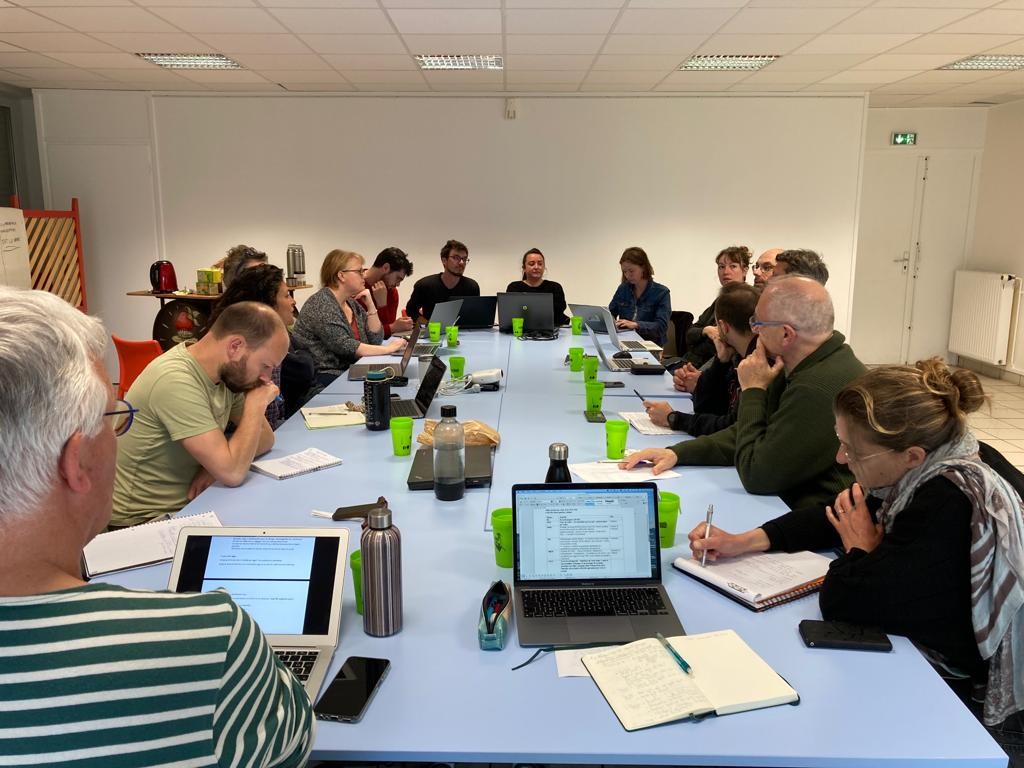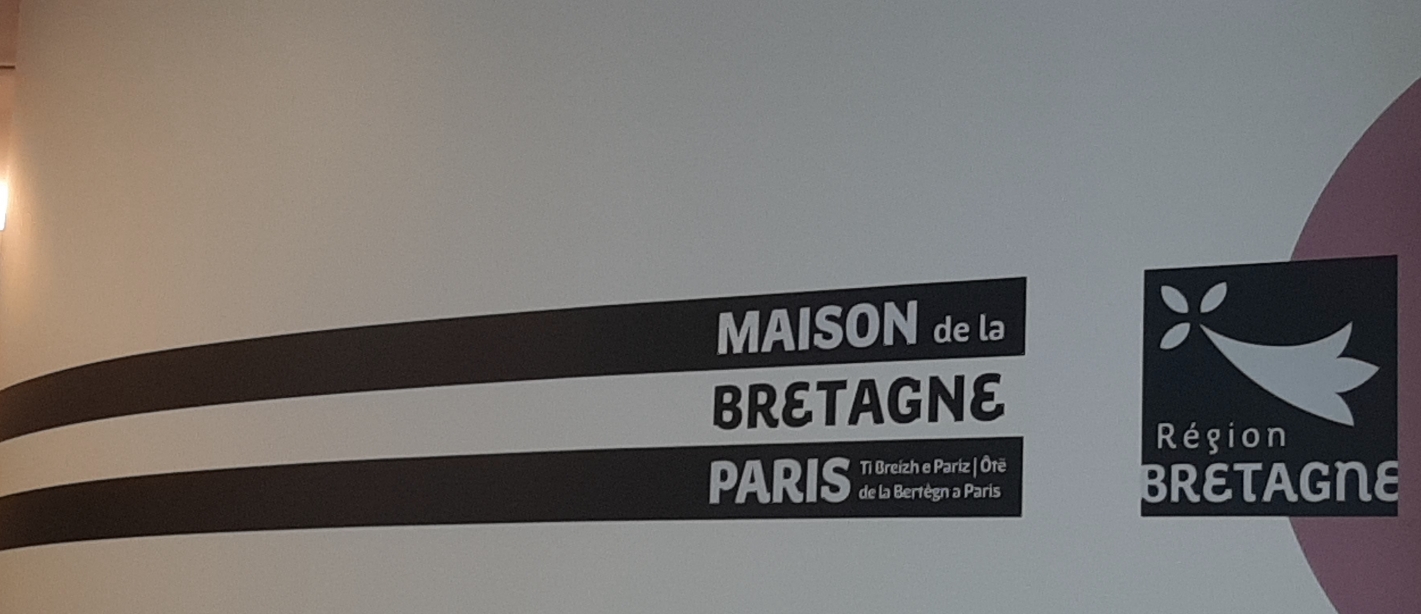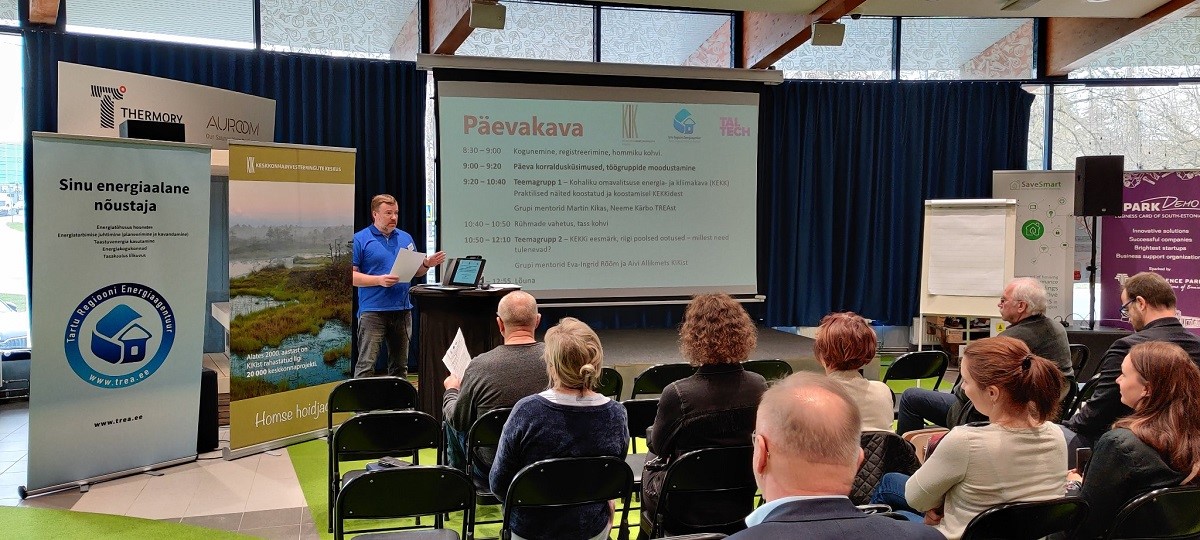In order to contribute to achieving the ambitious goal of reaching up to 40% of the final energy consumption coming from renewable sources stated in its Energy Transition and Climate Change Strategy 2030, Pamplona City Council developed a document concluding that the city has the capacity to generate 76% of the city's electricity with solar photovoltaic installations.
The Solar Map of the City of Pamplona is an analysis of the city's potential to produce solar photovoltaic and solar thermal energy, according to the solar radiation received. For each residential, industrial, or service building roof, information is provided on the area available for photovoltaic or thermal installation, the photovoltaic installation power, and the electrical and thermal energy generation potential.
This study is based on the Energy Diagnosis of Pamplona, presented in 2020, showing an x-ray of the city: 56% of the energy consumed annually is based on petroleum products, 24.1% on natural gas, 15% on electricity (of which 5% is considered renewable), 4.3% comes from other renewable sources and 0.3% comes from coal.
This Map was developed by a team of researchers from the Public University of Navarra, members of the Smart Cities Institute. It provides information to facilitate energy planning and try to facilitate decision-making at a particular level (companies, citizens), accelerating the deployment of these technologies in the city. The information available is basic for the analysis of the amortization of the installation and allows comparing the consumption that is realized with the energy that can be produced on that roof.
The energy transition to a low-carbon economy includes measures both to reduce consumption and improve energy efficiency and for the promotion of energy generation from renewable sources. Three-quarters of the world's energy is consumed in cities, producing 80% of total emissions. Cities must adapt to and benefit from changes in the ways energy is generated, distributed, and consumed. In this regard, urban environments have large areas of building roofs available for distributed renewable energy generation, spaces that currently have no other use and are already urbanized.

Energy consumption and potential
Considering the consumption data for the year 2019, the coverage rates of electricity demand through solar photovoltaic energy have been obtained. For the city as a whole, considering a total annual electricity consumption of 656.41 GWh and a possible estimated annual photovoltaic production of 502.65 GWh, 76.6% of the electricity consumption could be covered.
Taking into account the population of Pamplona (200,000+), the annual photovoltaic production ratio amounts to 2492.63 kWh/inhabitant. It has been verified that, in 4 of the 16 postal districts of the city, the photovoltaic production potential exceeds the electricity consumption. In terms of power, the peak photovoltaic power that it would be possible to install if all the useful surfaces of the city were covered, from the photovoltaic point of view, amounts to 466.91 MWp.
Regarding the thermal coverage of the city, taking into account a total annual natural gas consumption of 1,208 GWh and a possible solar thermal production of 1,197.69 GWh, 99.1% of the annual demand could be met. In this case, the thermal production ratio amounts to 5,939.2 kWh/inhabitant.

Energy in municipal buildings
In municipal buildings, the current coverage rate of electricity consumption by photovoltaic solar energy is 0.9%. However, taking into account the estimated photovoltaic production potential of these buildings (27.76 MWh), it would be possible to cover 92% of the municipal electricity demand. This means that the photovoltaic power to be installed in the municipal buildings could amount to 26 MWp, if all the useful surfaces from the photovoltaic point of view were used.
Analyzing the figures for natural gas consumption and solar thermal energy production, 0.9% of the demand is currently being covered. However, the estimated solar thermal production potential of municipal buildings is 66.69 GWh, which would be 2.6 times the current consumption of natural gas.
Possible future actions
The document 'Solar map of the city of Pamplona' also includes four future actions.
- The first of these is the study of public spaces, such as parks and recreational areas, with a view to improving the percentage of municipal energy consumed covered by solar energy conversion.
- The second relates to improved calculations based on a digital surface model with higher spatial resolution.
- A third action would lead to analyze the energy received also in the facades of buildings and its implications.
- Finally, the identification of possible 'heat islands' in the city is discussed, with steps such as meteorological measurements, analysis of surveys and data, generation of a map of the city's surface thermal permeability.
More > www.pamplona.es/agenciaenergetica/mapasolar







